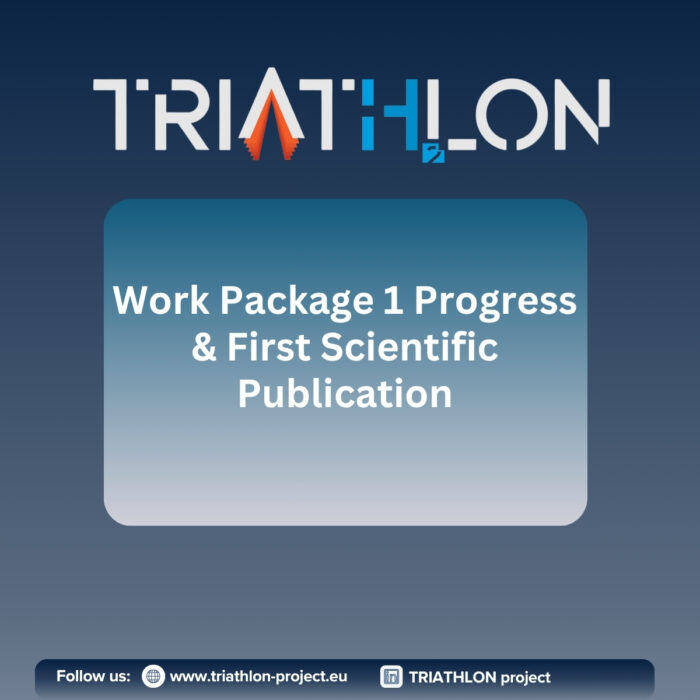The TRIATHLON project is advancing research into hydrogen-powered aviation, aiming to develop low-emission, high-performance propulsion systems for the next generation of aircraft. We are proud to announce the first scientific publication from the project, marking a significant milestone for Work Package 1 (WP1).
Background
Hydrogen offers a sustainable alternative to conventional aviation fuels, but its unique properties pose technical challenges. In particular, hydrogen’s high diffusivity and low volumetric energy density make flame stability and flashback prevention key concerns for combustor design. Addressing these challenges is essential to safely and efficiently use hydrogen as a primary fuel in aircraft engines.
Research Focus
This study investigates how low-temperature hydrogen injection affects flame behavior and emissions in a Rich section of a Rich-Quench-Lean (RQL) model combustor equipped with a Trapped Vortex Cavity (TVC). By cooling the hydrogen–air mixture down from 300 K to 150 K, researchers explored whether flame stability can be enhanced and emissions reduced in atmospheric operating conditions.
Using Large Eddy Simulations (LES) with the Eulerian Stochastic Fields (ESF) approach, the team modeled the complex combustion dynamics and validated the simulations against experimental chemiluminescence data to ensure accuracy.
Key Findings
The simulations and analyses revealed several important insights:
- Flame dynamics: Cooling the hydrogen–air mixture from 300 K to 150 K increased flame oscillations due to hydrodynamic-induced large-scale flame wrinkling.
- Stabilization strategy: Lowering the fuel-to-air ratio suppressed these oscillations, resulting in a stable flame with temperatures below 1700 K.
- Emissions control: Despite the higher temperatures, nitric oxide (NO) formation remained relatively controlled because the flame surface area decreased.
- Design insight: The study demonstrates that low-temperature hydrogen injection can help balance flame stability and emissions, providing practical guidance for the design of RQL–TVC combustors.
Impact and Significance
This work provides insights for the development of hydrogen-based propulsion systems by identifying stability regimes that influence flashback resistance and low-emission combustion. As the first publication from the TRIATHLON project, it represents a major milestone for WP1 and lays the foundation for future studies on controlling hydrogen flame dynamics in next-generation aircraft engines.
Publication Details
The paper, “Low-Temperature Hydrogen Combustion in a Trapped Vortex Cavity,” is published in the Proceedings of the Combustion Institute, Volume 41, 2025, authored by Vittorio De Lauso, Lorenzo Mazzei and Ivan Langella, and it is available here.

